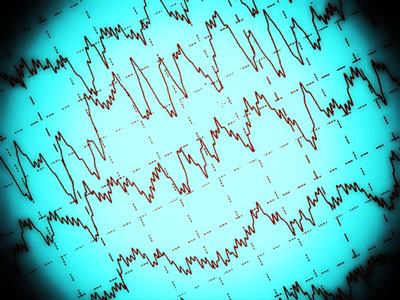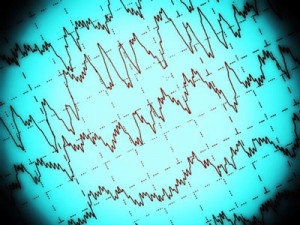Phase III study data for Fycompa in PGTC seizures published
Posted: 24 August 2015 |
Phase III study results for Eisai’s Fycompa® (perampanel) in primary generalised tonic-clonic (PGTC) seizures have been published for the first time…


Phase III study results for Eisai’s Fycompa® (perampanel) in primary generalised tonic-clonic (PGTC) seizures have been published for the first time.


Study 332 assesses the safety and efficacy of perampanel compared to placebo, in primary generalised tonic-clonic (PGTC) seizures in idiopathic generalised epilepsy (IGE). Perampanel, which received the new indication from the European Commission (EC) on 24 June 2015, is the first new treatment for PGTC seizures in five years.
One third more patients treated with perampanel experience a 50% responder rate, which is statistically significant versus placebo. Perampanel also demonstrates a reduction in PGTC seizure frequency (per 28 days) versus placebo. Furthermore, 31% of patients are seizure free during the 13-week maintenance period when treated with perampanel as an adjunctive therapy, compared to 12% in the placebo group.
Permapanel shown to improve the control of PGTC seizures
“This is the only study in which the presence of IGE with PGTC seizures was confirmed by an independent expert committee. The study shows that perampanel is well tolerated and improves the control of PGTC seizures in patients who are still experiencing seizures despite their current treatment. The results indicate that perampanel can be considered a broad-spectrum AED, so effective with both focal- and generalised-onset seizures.” commented Christian Brandt, Head of Dept. of General Epileptology, Bethel Epilepsy Centre.
Study 332 was conducted amongst 164 patients aged 12 years and older with IGE who experience PGTC seizures who receive one to a maximum of three anti-epileptic drugs across centres in Europe, the US, Japan and Asia.
Generalised tonic-clonic seizures can be a dangerous type of epilepsy, which increase the risk of injury, such as fractured bones, shoulder dislocation and burns. PGTC seizures also increase the risk of sudden unexplained death in epilepsy (SUDEP) and are known to lead to absence status epilepticus (ASE), seizures that last for extended time periods. The seizures start with a loss of consciousness and a sudden contraction of the muscles, which can cause the person to fall down (tonic phase). This is followed by violent convulsions (clonic phase) until the muscles finally relax. While the seizure generally only lasts a few minutes, the person will often feel confused or drowsy for a few minutes or up to a few days before returning to normal.
Perampanel is the only licensed anti-epileptic drug (AED) to selectively target initiation and spread of seizures through inhibition of AMPA receptors, a protein in the brain which plays a critical role in the spread of seizures. In addition to PGTC seizures in IGE, perampanel was originally indicated for the adjunctive treatment of partial-onset seizures, with or without secondarily generalised seizures, in patients with epilepsy aged 12 years and older.
The Phase II study results are published in Neurology.




